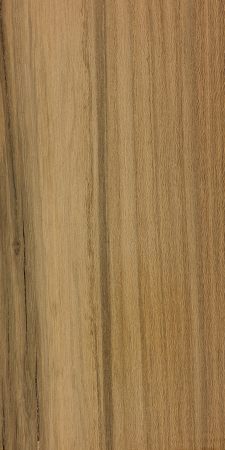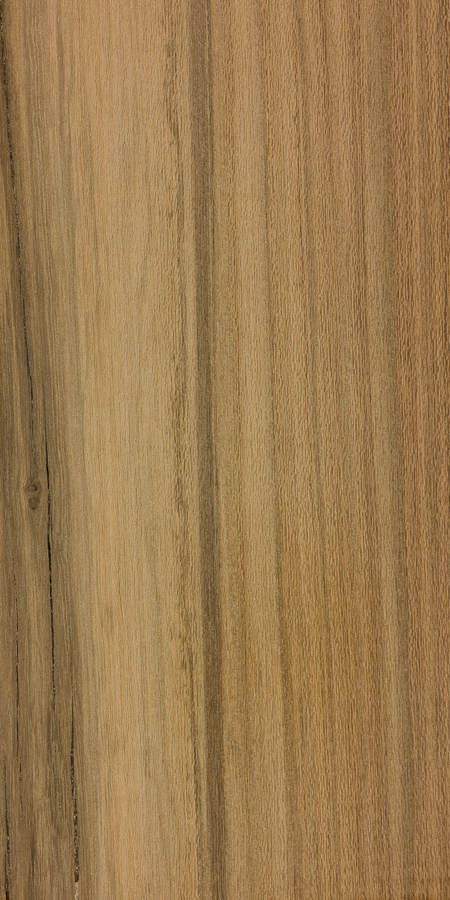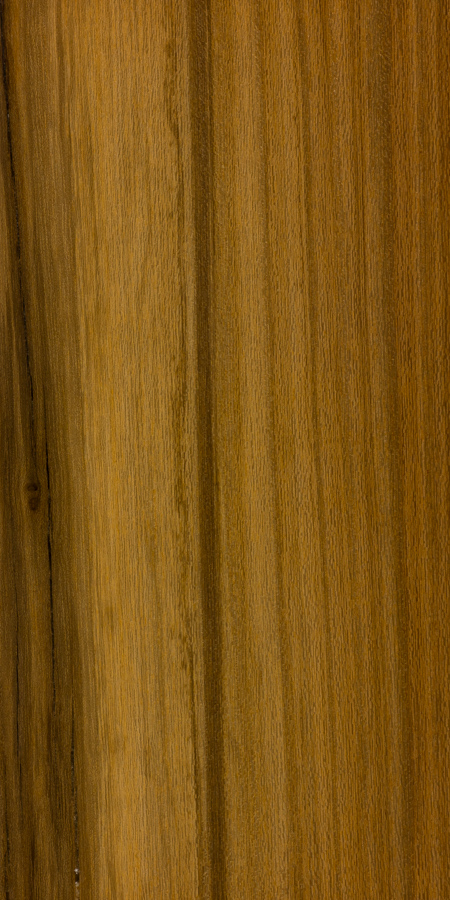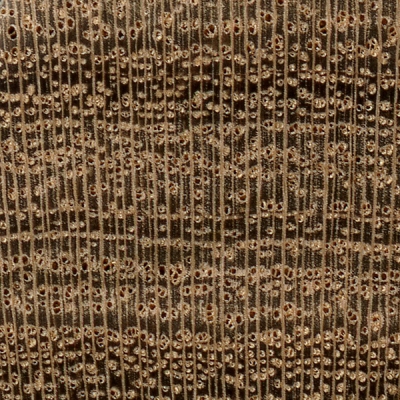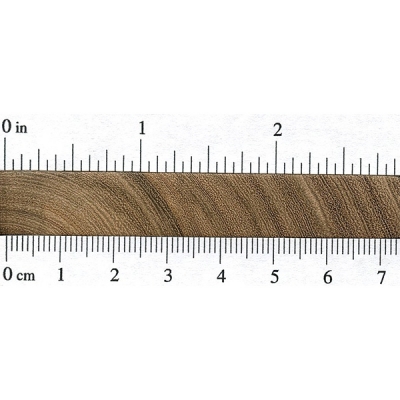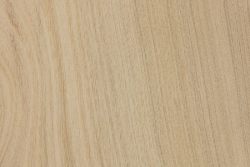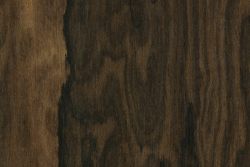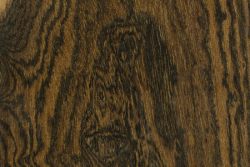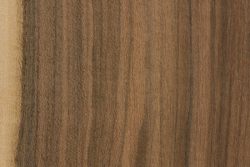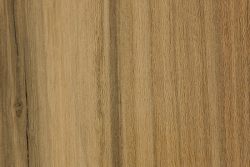Common Name(s): Afata, petereby, peterebi
Scientific Name: Cordia trichotoma
Distribution: South America
Tree Size: 100-125 ft (30-38 m) tall,
1-2 ft (.3-.6 m) trunk diameter
Average Dried Weight: 39 lbs/ft3 (630 kg/m3)
Specific Gravity (Basic, 12% MC): .55, .63
Janka Hardness: 1,130 lbf (5,020 N)
Modulus of Rupture: 18,400 lbf/in2 (126.9 MPa)
Elastic Modulus: 1,940,000 lbf/in2 (13.38 GPa)
Crushing Strength: 9,420 lbf/in2 (64.9 MPa)
Shrinkage: Radial: 4.5%, Tangential: 7.3%,
Volumetric: 11.8%, T/R Ratio: 1.6
Color/Appearance: Heartwood ranges from golden to reddish brown, sometimes with darker streaks or figure. Sapwood is pale yellow and is well demarcated from the heartwood. Ray fleck is apparent on quartersawn surfaces due to large rays.
Grain/Texture: Grain is straight or slightly interlocked, with a uniform, medium-coarse texture and good natural luster.
Rot Resistance: Rated as moderately durable to non-durable regarding decay resistance, with poor resistance to insect attacks.
Workability: Generally easy to work with both hand and machine tools. Glues, stains, and finishes well.
Odor: Has a pleasant odor when being worked.
Allergies/Toxicity: Besides the standard health risks associated with any type of wood dust, no further health reactions have been associated with afata. However, other species in the Cordia genus have been reported to cause skin irritation, and some Cordia species contain substances known as cordiachromes, which can cause skin irritation. See the articles Wood Allergies and Toxicity and Wood Dust Safety for more information.
Pricing/Availability: No data available.
Sustainability: This wood species is not listed in the CITES Appendices or on the IUCN Red List of Threatened Species.
Common Uses: Veneer, furniture, cabinetry, and interior trim.
Comments: Afata is related to the more well known Bocote, though afata commonly lacks the dramatic grain patterning of its relative.
Although afata is one of the lighter species in the Cordia genus, it ranks among the mechanically strongest in the genus and has a good strength-to-weight ratio, particularly in its modulus of rupture and modulus of elasticity.
Images: Drag the slider up/down to toggle between raw and finished wood.
Identification: See the article on Hardwood Anatomy for definitions of endgrain features.
Porosity: diffuse porous
Arrangement: radial multiples and clusters, sometimes arranged in diagonal or tangential rows
Vessels: medium to large, few to very few; tyloses and light brown deposits common
Parenchyma: diffuse, vasicentric, banded (marginal)
Rays: medium to wide, wide spacing
Lookalikes/Substitutes: No data available.
Notes: None.
> Hardwoods > Boraginaceae > Cordia > Related species
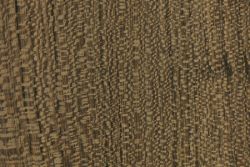
(Cordia curassavica)
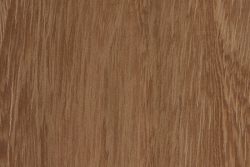
(Cordia platythyrsa)
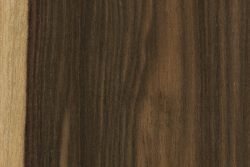
(Cordia subcordata)
Related Content:

